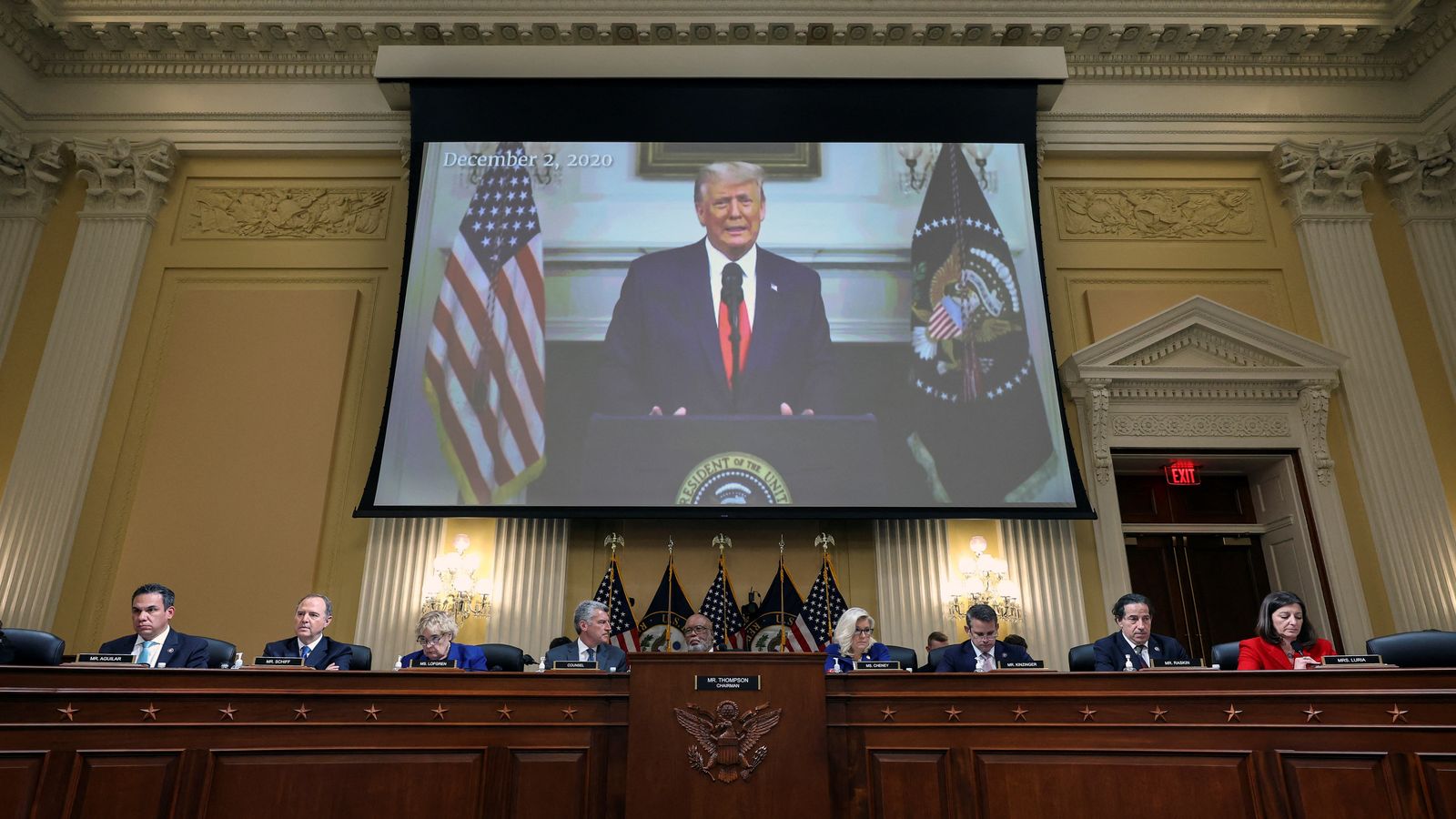A judge has given final approval to a $1bn settlement for victims of the Miami apartment block collapse which killed 98 people.
The bulk of the total will go to those who lost family members when the 12-storey building went down in June 2021, exactly a year ago tomorrow.
Miami-Dade Circuit Judge Michael Hanzman said: “It will never be enough to compensate them for the tragic loss they have suffered. This settlement is the best we can do. It’s a remarkable result. It is extraordinary.”
The judge praised the dozens of lawyers involved for averting what could have been years of litigation with no sure outcome.
The collapse of the Champlain Towers South building in the Miami suburb of Surfside led to the largest non-hurricane related emergency response in Florida history.
The tower block suddenly sank towards the ground in the early hours on 24 June last year, almost instantly destroying dozens of individual apartments and burying victims under tons of rubble.
Rescuers spent weeks carefully digging through mountains of concrete, first to find survivors and later to recover the remains of those who died.
The main lawsuit, filed on behalf of Champlain Towers South victims and family members, contended that work on the adjacent Eighty Seven Park tower damaged and destabilised the Champlain Towers building, which was in dire need of major structural repair.
Raysa Rodriguez, who survived the collapse in a ninth-floor unit that was initially left intact, praised Thursday’s court outcome.
“You have no idea what a relief this is to me personally,” Rodriguez said. “I am so exhausted. I just want this to be done. I want these souls to rest.”
The huge payout will come from several sources, including insurance companies, engineering firms and the luxury condominium that was constructed next door.
None of the parties admit any wrongdoing.
But despite the resolution in court, a final answer as to what caused the tragedy is still likely years away.
The National Institute of Standards and Technology (NIST), which is leading the federal probe in to the collapse, recently said invasive testing will begin soon on samples of material from the collapse site.
The tests will help find potential flaws in structural elements of the building by examining things like density of the materials, how porous they were and if there was any corrosion, NIST said.





